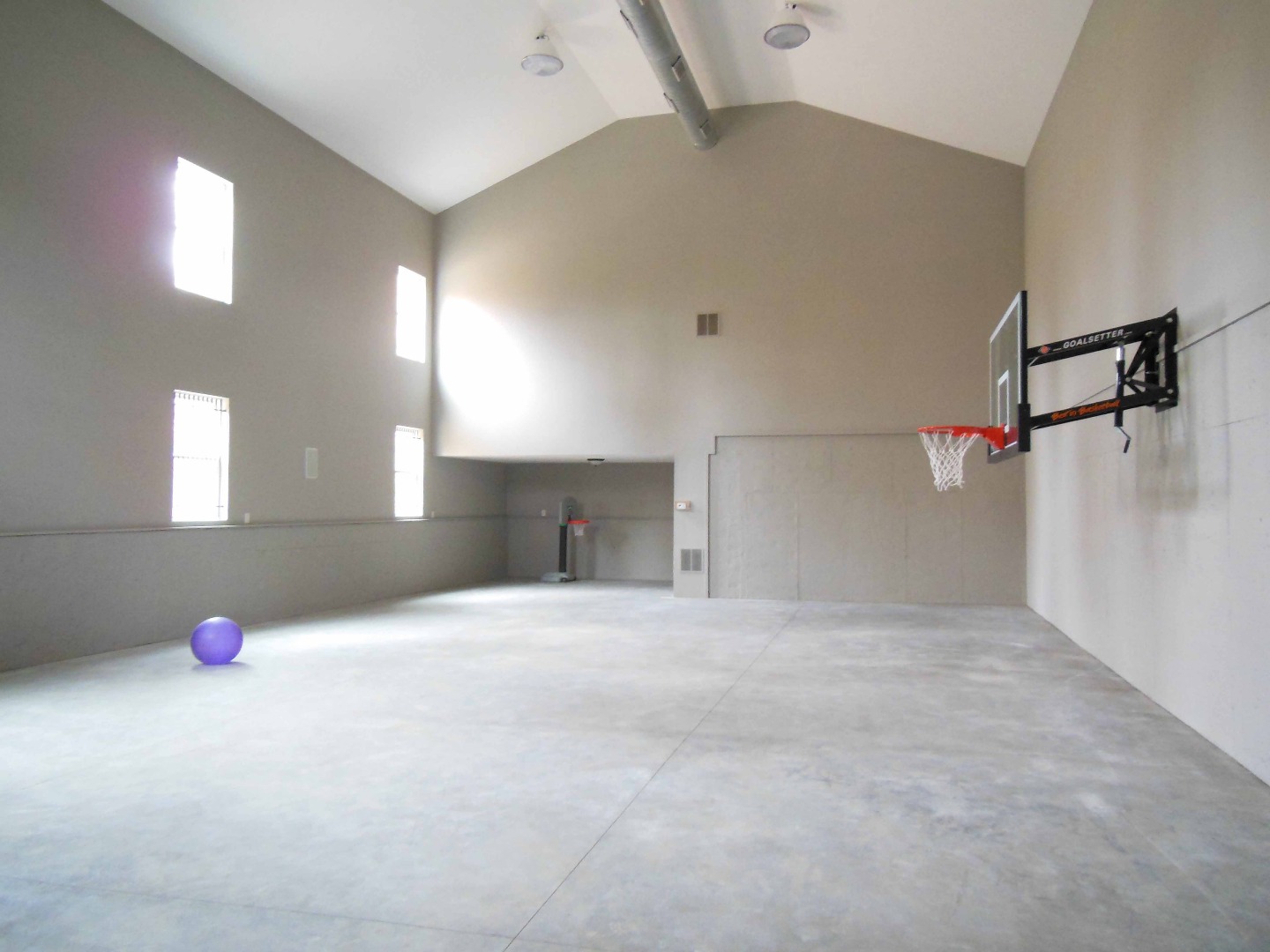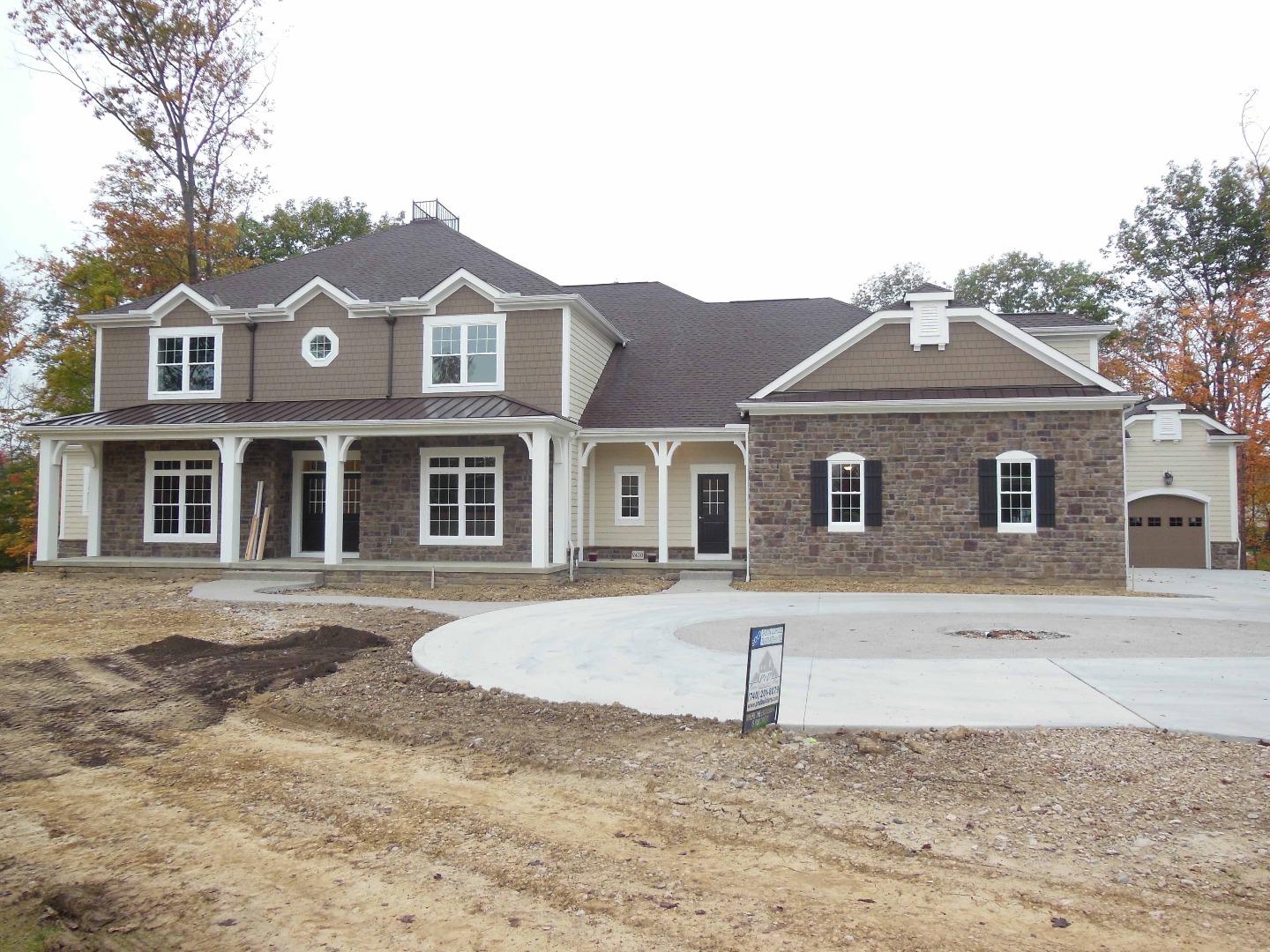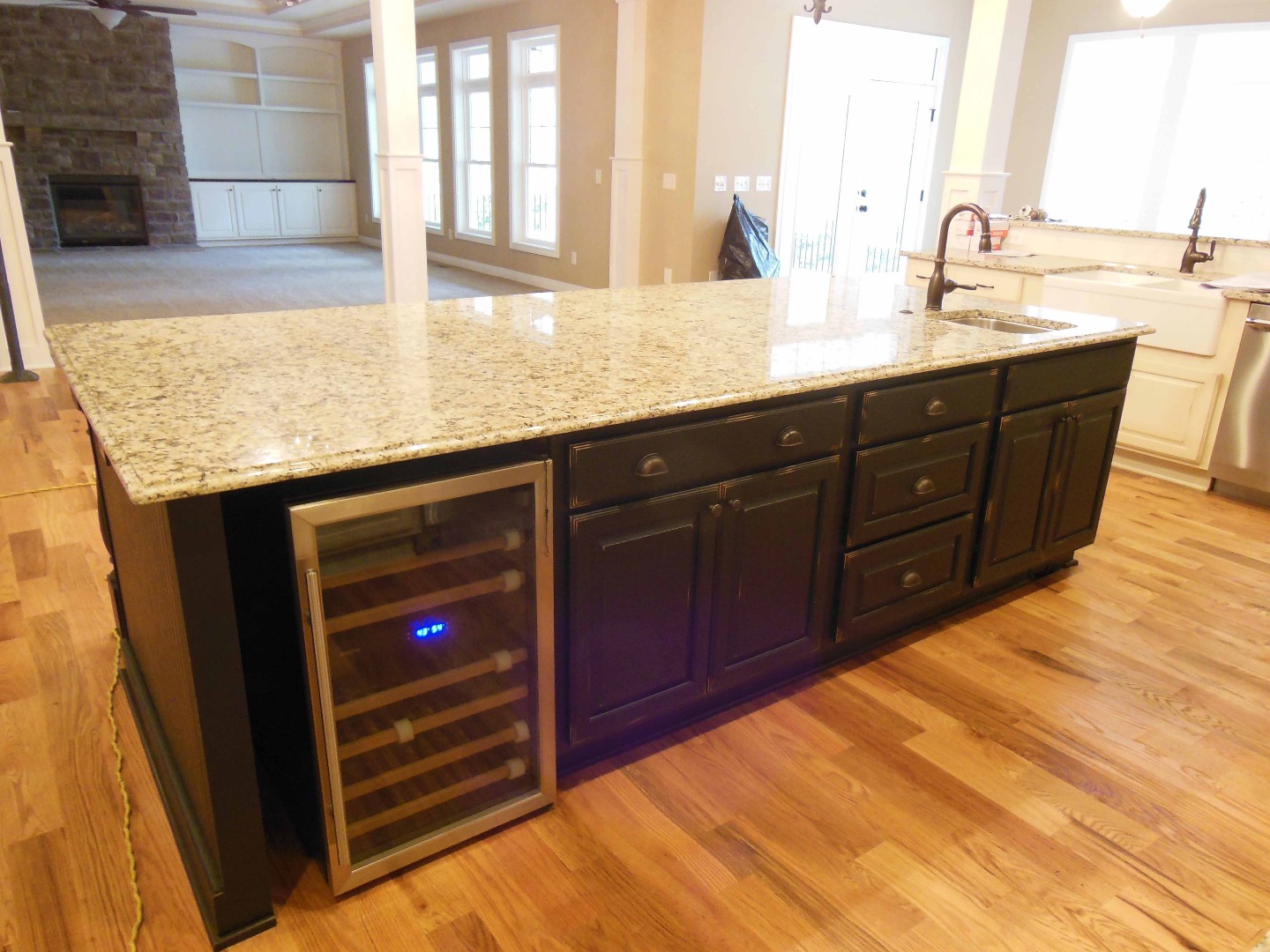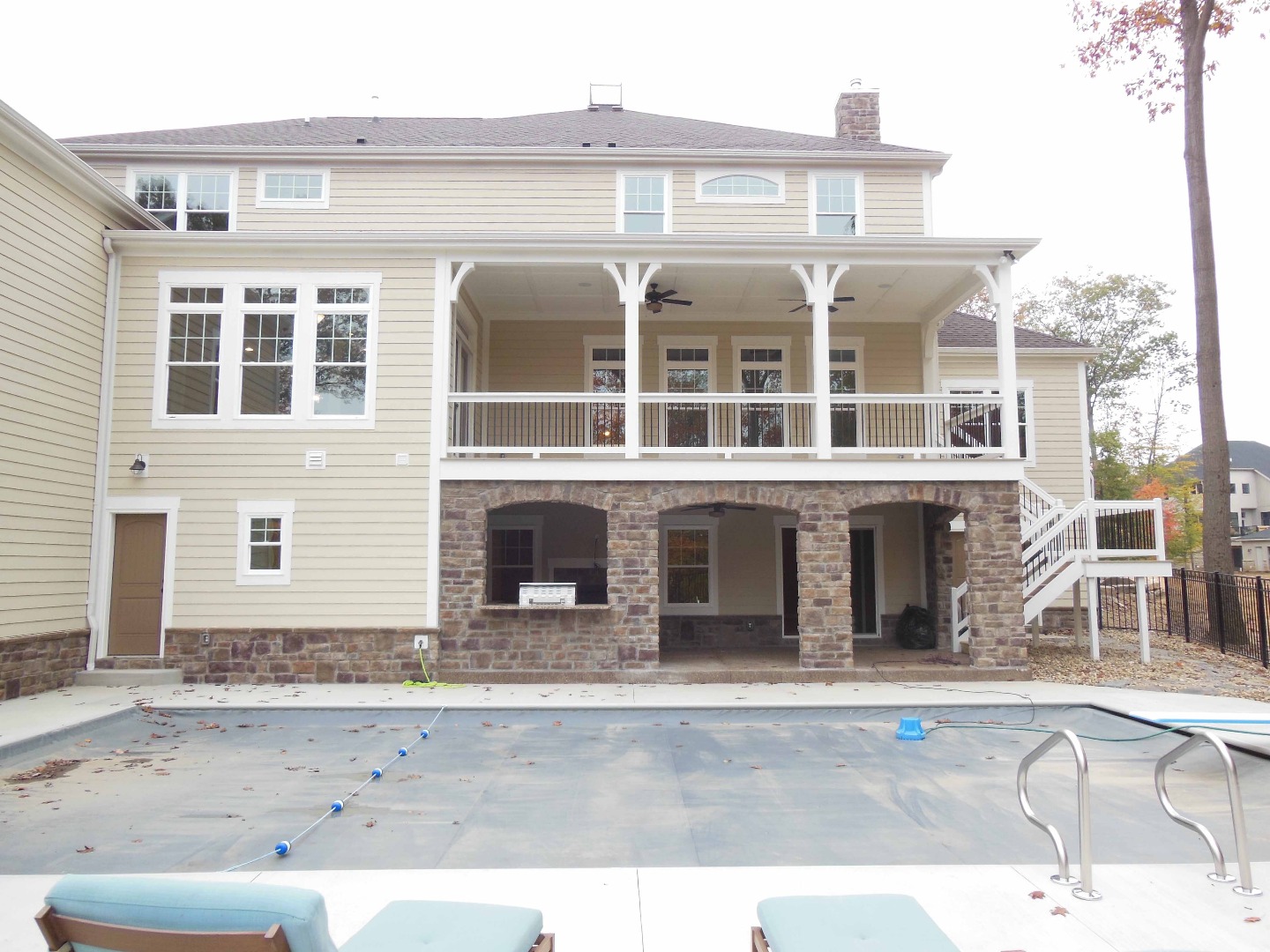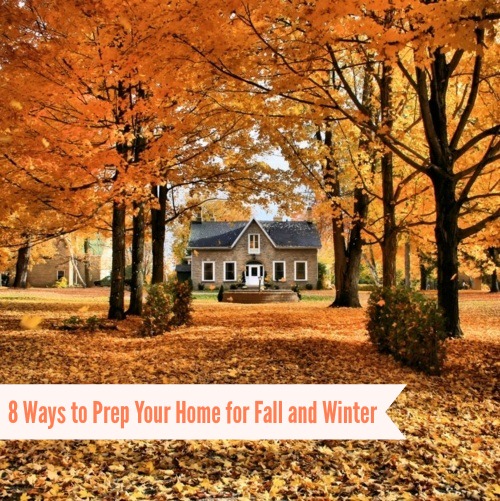
Even though it’s still warm outside, cooler weather is on its way. Now is a good time to start thinking about seasonal maintenance and prepping your home for the colder months ahead. A little attention now could save you costly repairs later. Here is a helpful checklist to get you started.
1. Have your furnace inspected and change the air filter
Have an HVAC professional inspect your furnace and test for leaks, check heating efficiency and change the air filter. A dirty air filter will slow done the flow of air, making your heater work twice as hard to keep your home warm. Get into the habit of checking your air filter monthly and change it when needed.
2. Test home safety devices
Test all smoke detectors and carbon monoxide devices in your home to make sure they’re working properly, and replace all batteries.
3. Check the roof
Before the cold weather hits your neighborhood, do a visual inspection of the roof looking for missing, damaged, or loose shingles that might cause leaks during winter storms or when the snow starts to melt.
4. Clean gutters
Check your gutters for leaf build up and remove any leaves, nests, and debris that may have accumulated over the year. If your gutters are clogged with leaves when winter arrives, melted snow won’t have a proper place to run off to. Hire a professional or clean your gutters yourself, before it gets too cold outside.
5. Check chimney and fireplace
Annual maintenance and inspection of your fireplace will it ensure it functions properly and efficiently. If you have a wood burning fireplace and plan to use it on a regular basis during the winter, have your chimney cleaned and inspected by a professional.
6. Drain outdoor faucets and store hoses
Disconnect all of the garden hoses around your yard and drain any water in the faucets. Make sure you turn off the shut valve in your home if you don’t have frost proof faucets. If you have an irrigation system, you’ll want to have it professionally drained, so water doesn’t freeze inside the system. The last thing you want is to have water freeze in outdoor pipes during the winter.
7. Caulk windows and doors
Carefully inspect the areas around doors and windows to see if there are any gaps that might let cold air in and warm air out. Use exterior caulk to seal any large openings. You might also want to add new weather stripping around doors, so no cold air gets in under them.
8. Put away all outdoor furniture
Outdoor furniture can crack and fade when left out in the elements during the cooler seasons. Pack up all outdoor furniture and store them in a dry covered area, to keep them looking their best.
